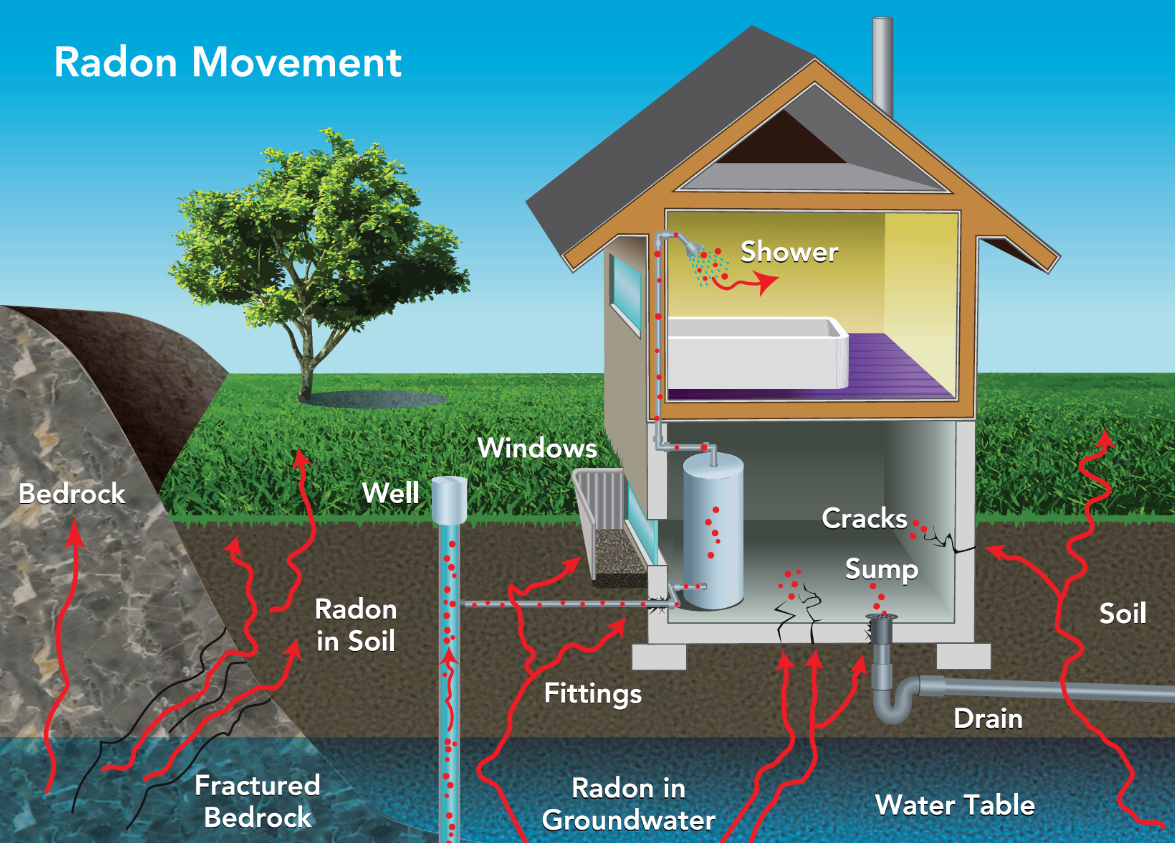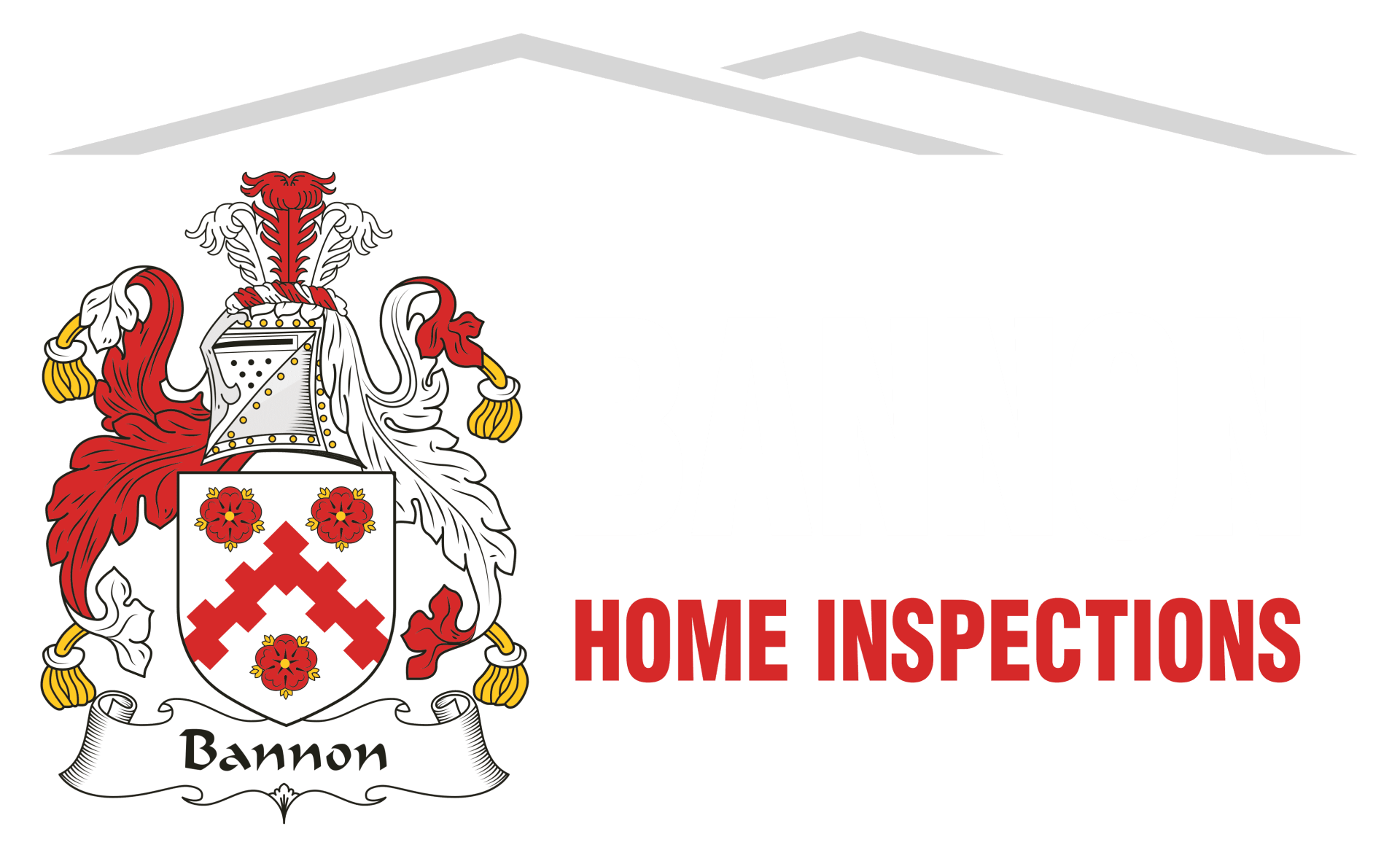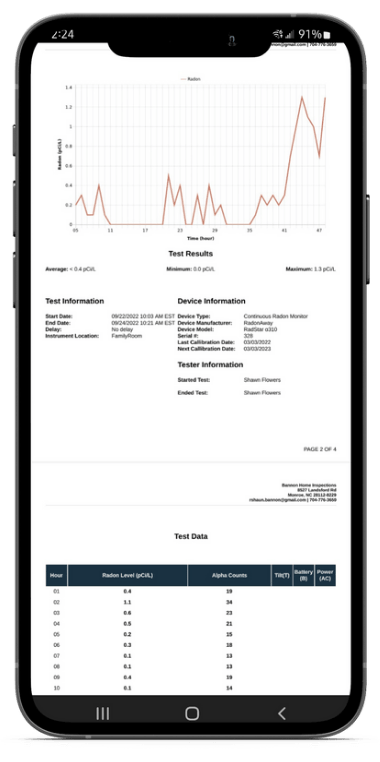Radon Is A Colorless, Odorless Gas. Could Your Home Be Affected?
Radon Testing by Bannon Home Inspections
Trusted, Affordable Radon Testing Nearby

What is radon gas and how does it enter a home?
Radon is a naturally occurring radioactive gas found in parts of the Carolinas that comes from the natural breakdown of uranium in soil, rock, and water. It's odorless, colorless, and tasteless. As radon travels up through the ground to reach your home or workplace, it can enter your living space through cracks in the floor or walls.
Radon is the second leading cause of lung cancer nationwide after smoking. If you're worried about radon exposure you should know these facts to protect your family. For more information on radon and how it affects individuals, families, home buyers and sellers, as well as builders and contractors: visit the EPA website.
Does Radon Exist In Across NC & SC?
Yes it does! Although it's more prevalent in some areas. As stated above, radon gas is the second leading cause of lung cancer in the United States. In fact, it can enter any home through small cracks or leaks from water pipes.
In North Carolina you’ll see: Iredell, Catawba, Lincoln and Gaston counties are orange zone 2. While counties like Mecklenburg, Union, Rowan and Cabarrus are yellow zone 3.


The Key Takeaway From The Maps
In South Carolina the counties of York, Cherokee and Spartanburg are orange zone 2 while the majority of the state's larger population areas are yellow, zone 3.
The important take away is that even if you are living or buying a home in a zone 3 area doesn't mean radon isn't there. Per the EPA, all homes should be tested regardless of zone designation. You should be aware of these risks and take steps to protect yourself and your family today, because it's always better to be safe than sorry!
Radon Testing
We use continuous radon testers that are calibrated on a regular basis for accuracy.
Convenience
Getting a radon test is fast and easy. Simply schedule online or call our office at 704-776-3659.
Reports Availabe
Shortly after the testing concludes. Our continuous radon testing lasts for 48 hours.
Unbiased
We perform the testing and have no need to force an unnecessary radon mitigation system or try to upsell you.



